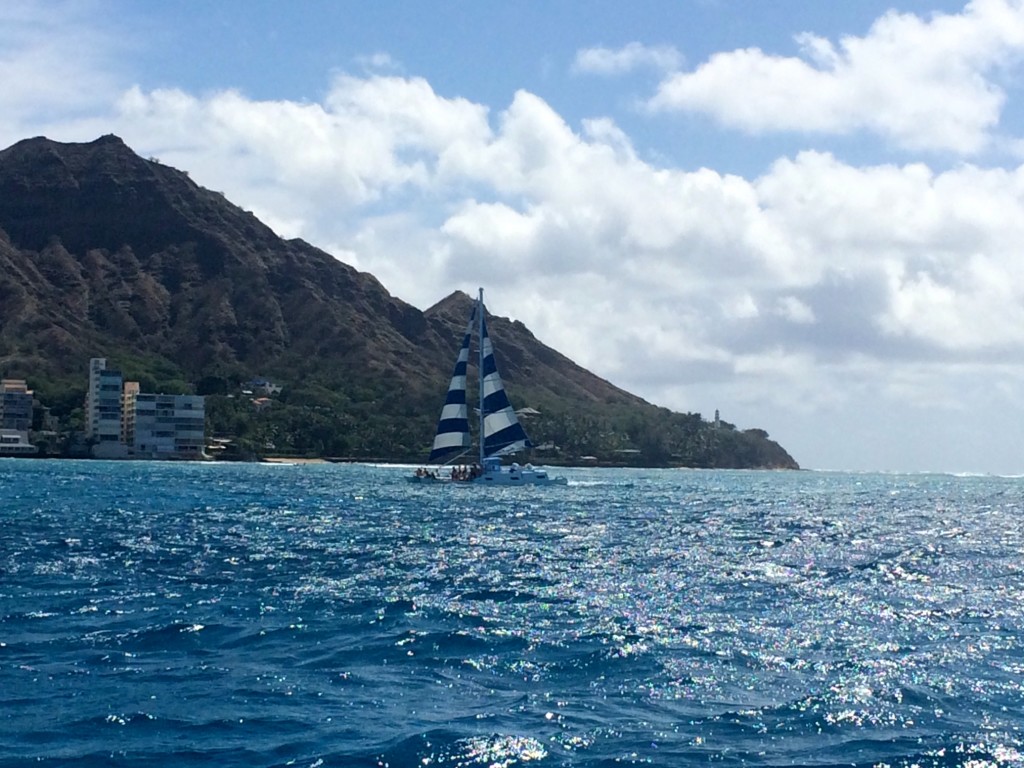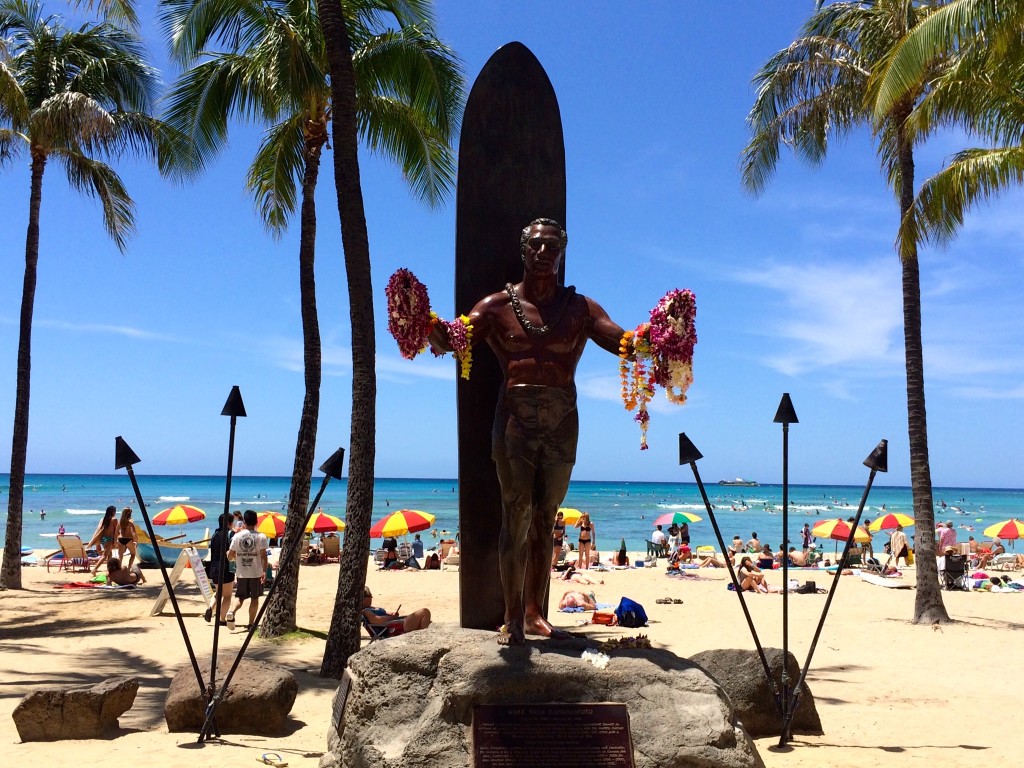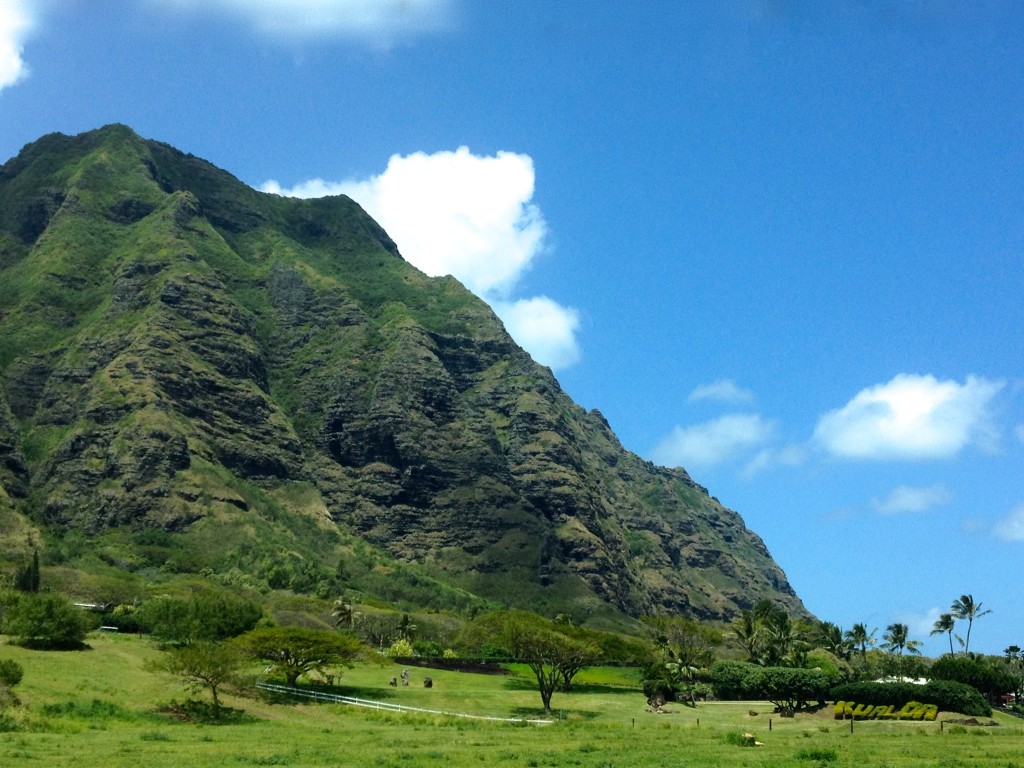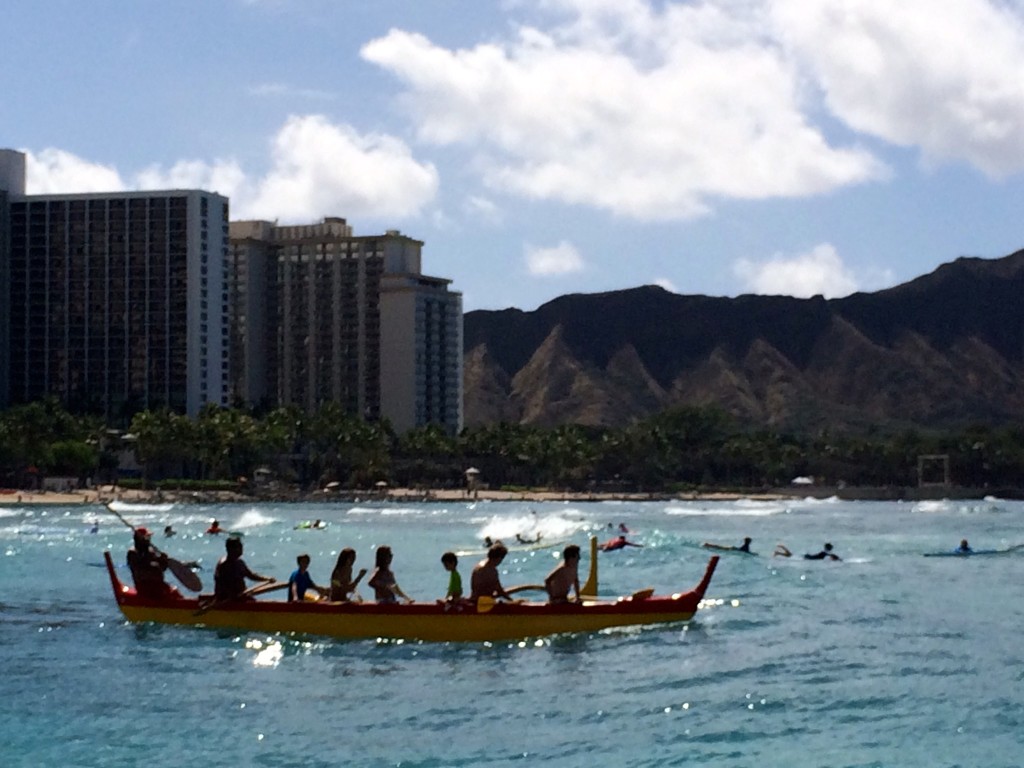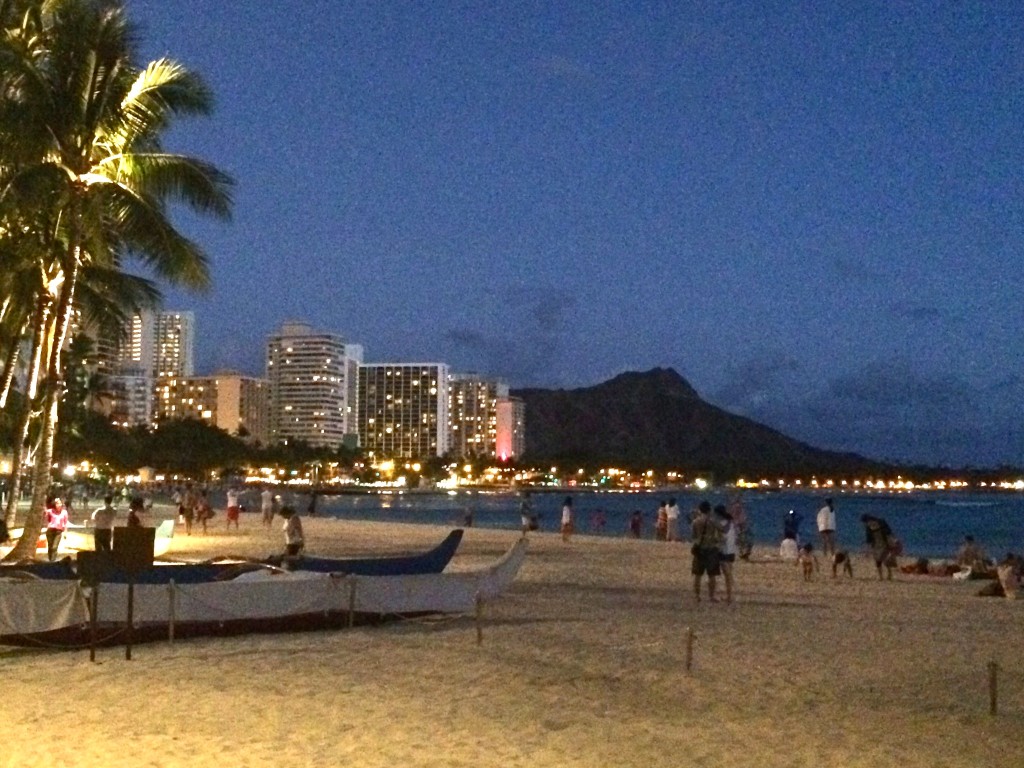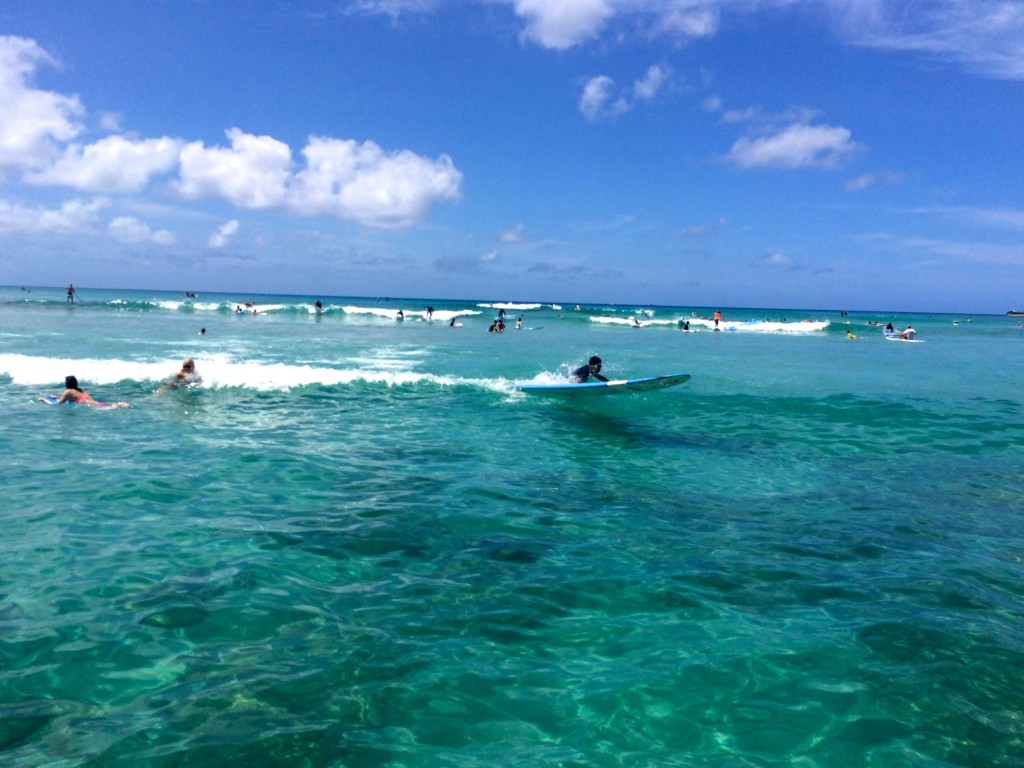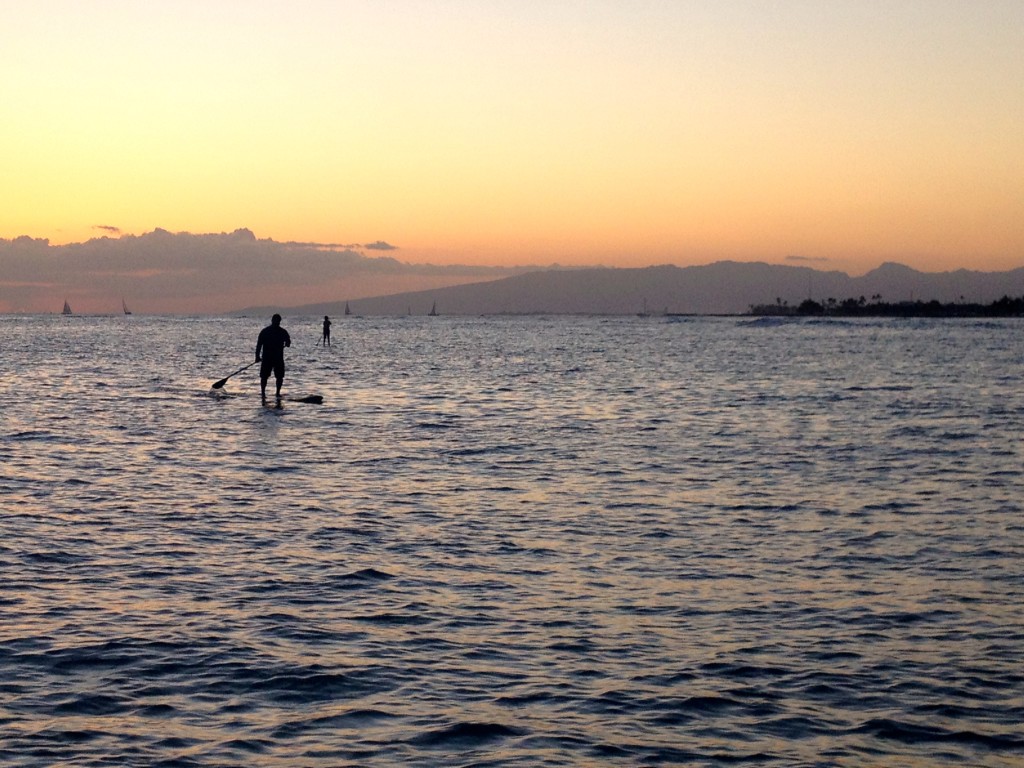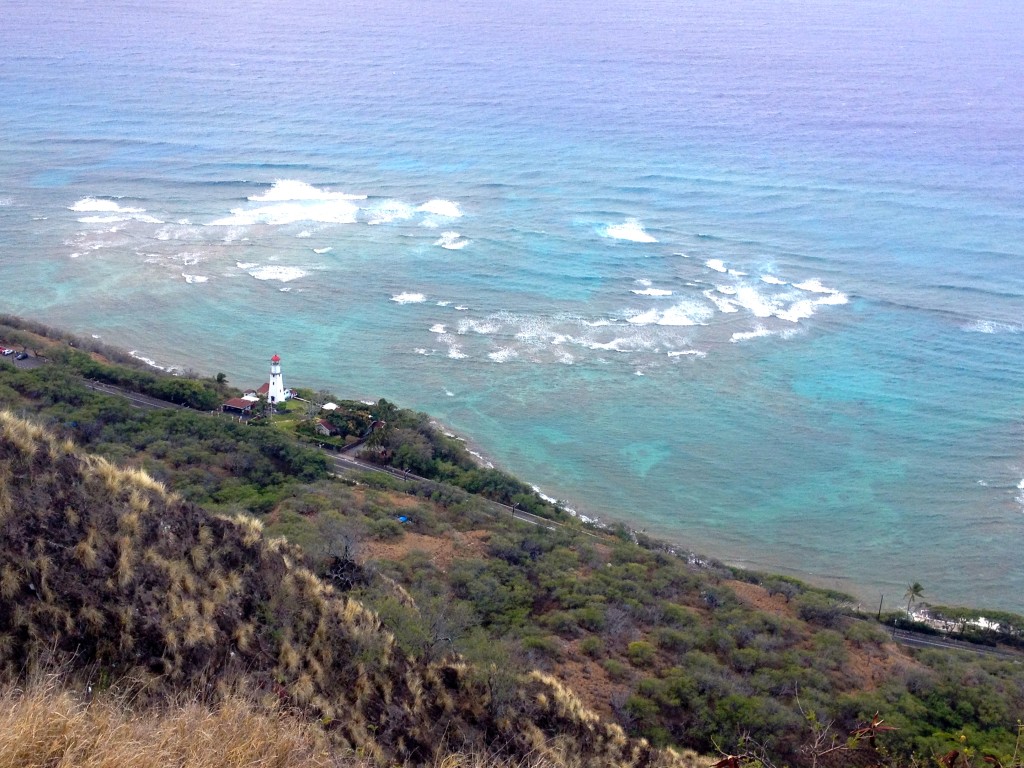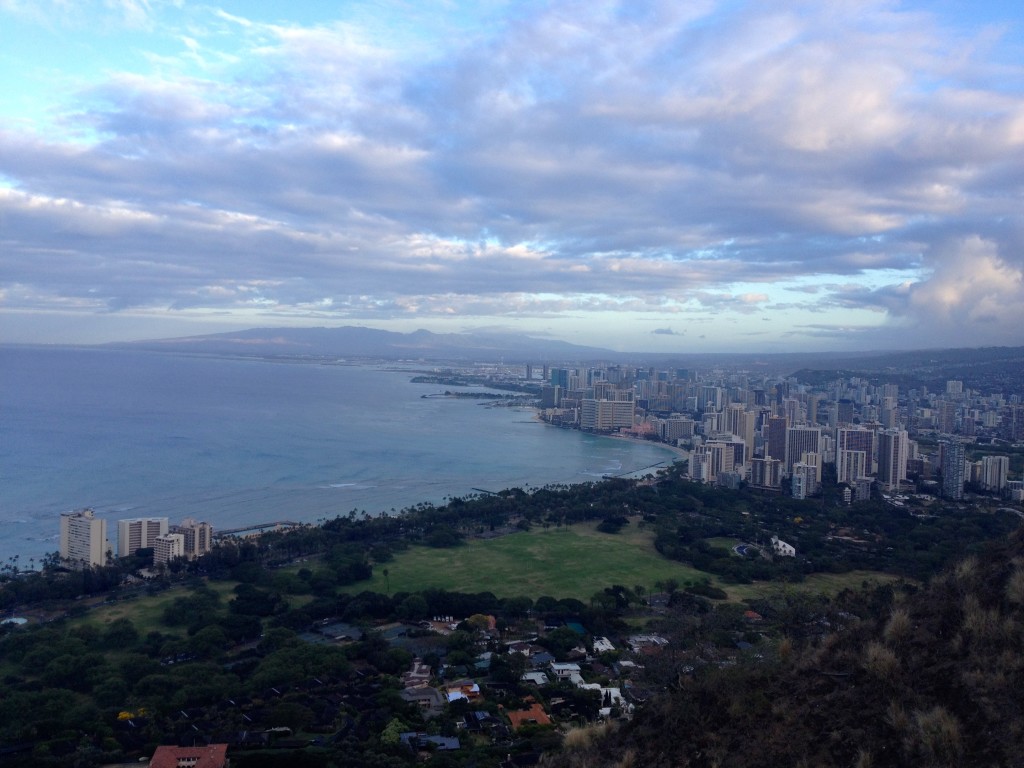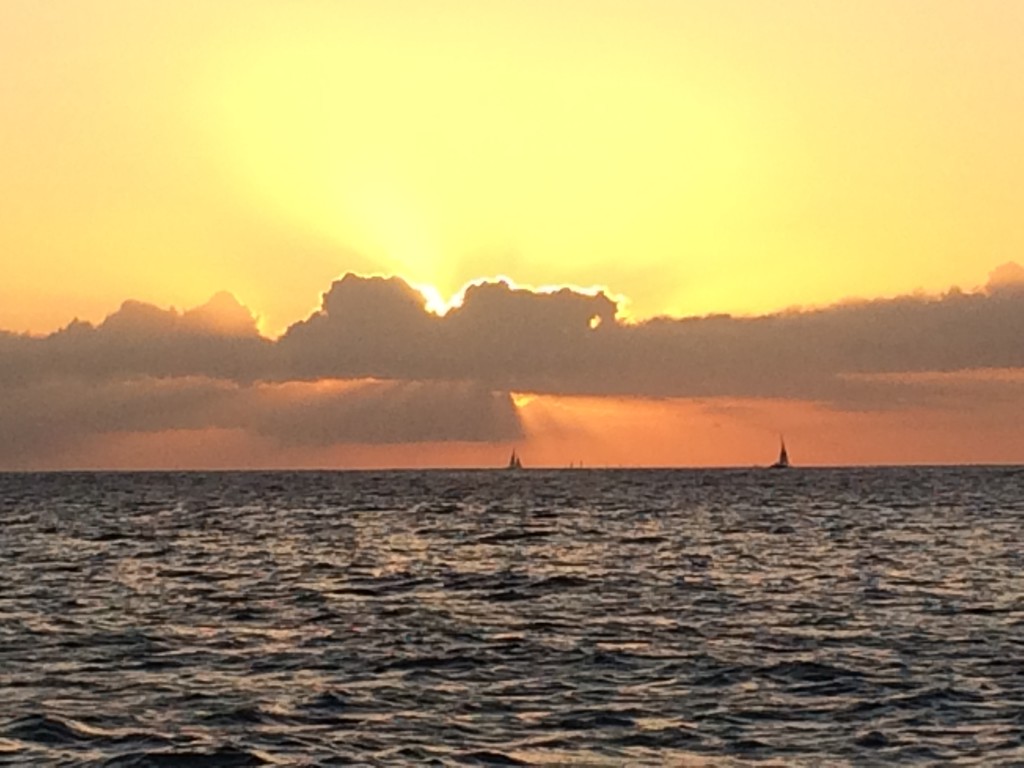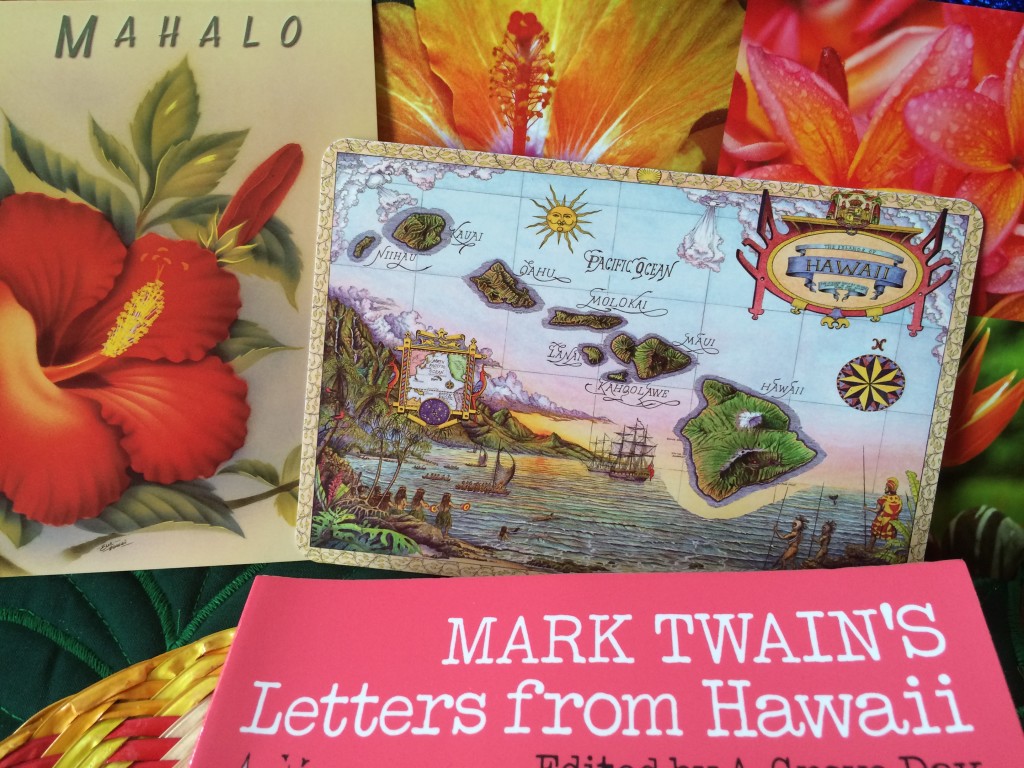 We’re wrapping up “All Things Hawaiian”! Check out our reflection on our travels in O’ahu, some interesting facts about Hawai’i, what “The Aloha Spirit” really means, why Kona coffee is so popular, what makes the Plumeria flower so special and the history behind legendary Hawaiian singer Israel Kamakawiwo’ole.
We’re wrapping up “All Things Hawaiian”! Check out our reflection on our travels in O’ahu, some interesting facts about Hawai’i, what “The Aloha Spirit” really means, why Kona coffee is so popular, what makes the Plumeria flower so special and the history behind legendary Hawaiian singer Israel Kamakawiwo’ole.
“The world is a book, and those who do not travel read only a page.” – St. Augustine (354-430)
St. Augustine might have reconsidered these words if he could have read some of the world’s most beautiful, informative and humorous travel writings that exist today, by authors ranging from Patrick Leigh Fermor, Bruce Chatwin, Alain De Botton, Bill Bryson and Bruce Feiler to M.F.K. Fisher, Peter Mayle, Frances Mayes, Elizabeth Gilbert and many others.
While nothing can quite replace the sensory experience of travel, “good”, substantive travel writing can easily transport one into another realm, allowing one to experience and become familiar with another land – as was the case for many Americans who read Mark Twain’s “Letters from Hawaii”, written during his travels for the Sacramento Union newspaper in 1866.
Described by New York Times journalist and Hawaiian native Lawrence Downes as “keen-eyed and shrewd”, “fresh and rudely funny” and “the best travel writing about Hawaii I have ever read”, Twain’s letters from Hawaii offer a perceptive and humorous look into the island’s “complicated soul” and “loveliness” that would come to serve as America’s first informational source on this foreign land.
Arriving in Honolulu in 1866 aboard the steamer “Ajax”, with his friend named Brown (who we only later realized was an imaginary friend Twain had invented), 31-year-old Twain referred to Hawaii as “the loveliest fleet of islands that lies anchored in any ocean.”
Over the course of the next four months, his 25 letters from the Sandwich Islands* depicts a Hawaii teeming with “ship captains, whalers, missionaries…[and] fragrant thickets of flowers.”
So devoted was he to “ransack[ing] the islands” that he rented a horse and rode by moonlight through the remains of an ancient battlefield, “scaled the summit of Kilauea during an eruption,” “hiked through misty valleys” and even went surfing naked on a wooden surfboard.
Revealing the humor and wit that he would become so famous for, Twain writes in one entry:
“…at noon I observed a bevy of nude young native women bathing in the sea, and I went and sat down on their clothes to keep them from being stolen.”
Twain’s humor also comes through in his reporting and commenting on the government of the Hawaiian Kingdom, which he didn’t seem particularly “keen” on:
“The Legislature is like all other legislatures…a wooden-head gets up and proposes an utterly absurd something or other, and he and half a dozen other woodenheads discuss it with windy vehemence for an hour…”
“The mental caliber of the Legislative Assembly is up to the average of such bodies the world over – and I wish it were a compliment to say it, but it is hardly so. I have seen a number of legislatures, and there was a comfortable majority in each of them that knew just about enough to come in when it rained, and that was all.”
And finally, capturing the island’s magnificence, Twain writes on a more serious note:
“No alien land in all the world has any deep strong claim for me but that one, no other land could so longingly and beseechingly haunt me…through half a lifetime, as that one has done. Other things leave me, but it abides, other things change, but it remains the same. For me the balmy airs are always blowing, its summer seas flashing in the sun; the pulsing of its surfbeat is pulsing in my ear; I can see its garlanded crags, its leaping cascades, its plumy palms drowsing by the shore, its remote summits floating like islands above the cloud wrack…”
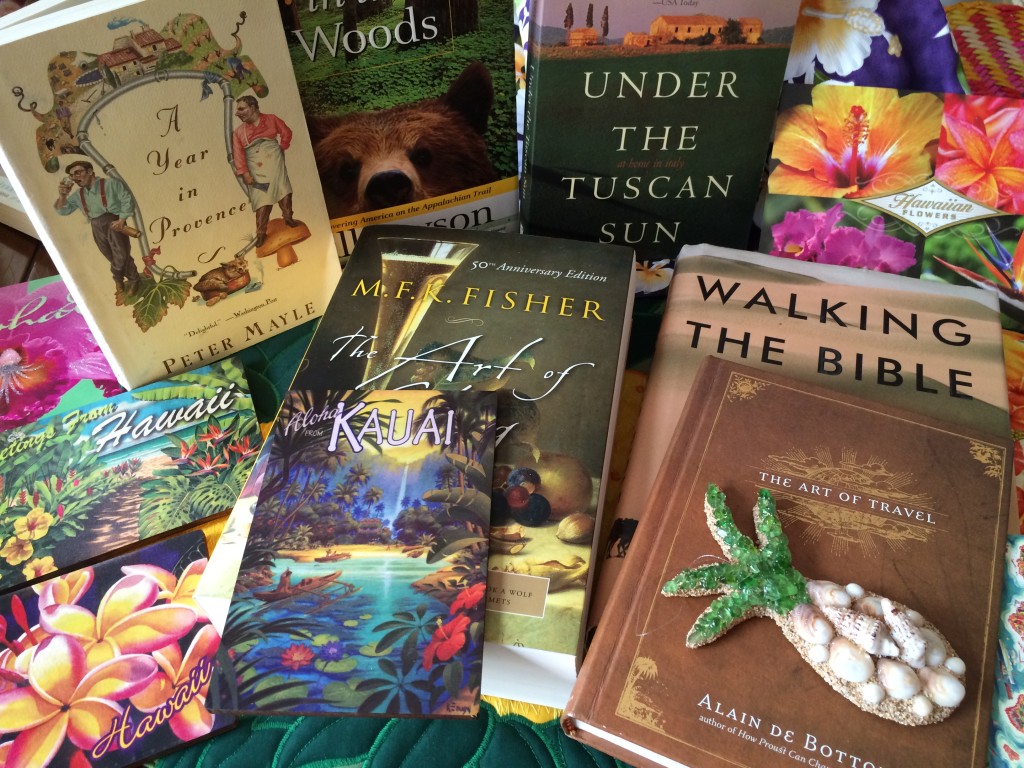 Aside from his colorful, entertaining prose, what makes Twain’s letters from Hawaii particularly astonishing is that the observations and descriptions he recorded nearly a century and a half ago remain relevant and accurate today.
Aside from his colorful, entertaining prose, what makes Twain’s letters from Hawaii particularly astonishing is that the observations and descriptions he recorded nearly a century and a half ago remain relevant and accurate today.
As A. Grove Day writes in the introduction to the book Mark Twain’s Letters From Hawaii, “Many of the scenes he described are little changed. His accounts of the Kona Coast and Kilauea Volcano region are still reliable guides.”
And so, if you are interested in learning a bit more about Hawaii and its history, or are planning a trip to Hawaii, let the pages of Mark Twain’s Letters from Hawaii guide, inform and entertain you along the way. Aloha!
*On January 18, 1778, English Captain James Cook became the first European to discover the Hawaiian Islands as he sailed past O’ahu. He named Hawaii the “Sandwich Islands” in honor of his patron John Montague, the 4th Earl of Sandwich. A statue of Captain Cook stands in Waimea on Kauai, where he first landed after sighting O’ahu.
Please note that the above information came from the book Mark Twain’s Letters From Hawaii and the New York Times article: “Mark Twain’s Hawaii” by Lawrence Downes (2006).

